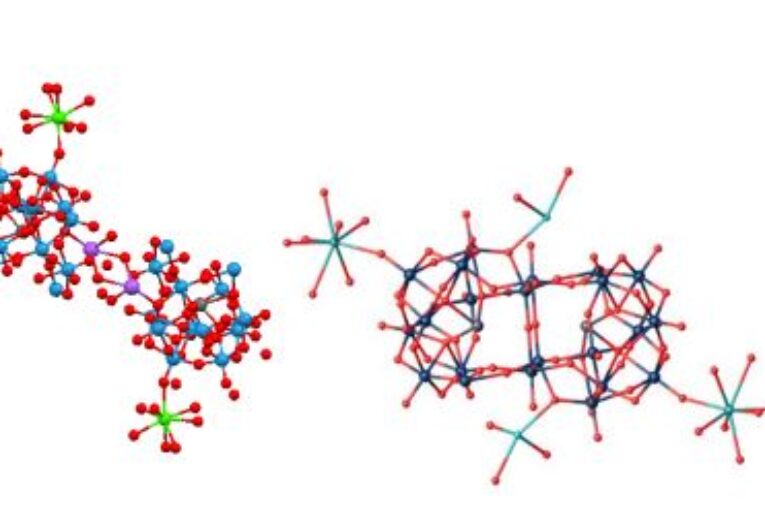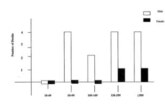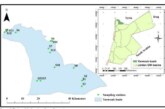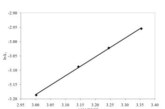
Different Polyoxometalate Structures Obtained from the Na11H[H(2-x)Bi2W20O70(HWO3)x]·46H2O(x=1.4).
Authors: Suhair Atta
DOI: https://doi.org/10.48103/jjeci162018
JORDANIAN JOURNAL OF ENGINEERING AND CHEMICAL INDUSTRIES (JJECI)
Pages: 93-100
In the supramolecular chemistry world, Polyoxometalates (POMs) are considered as a new family of inorganicmolecular containers, construct itself by self-assembly reaction from very small units, to form a cluster with unique structural and properties. three structures reported in this paper – differ in their unit cell parameters and also differ from the well-known – as the result of reaction of the Na11H[H(2- x)Bi2W20O70(HWO3)x]·46H2O (x=1.4) with Ca ion at different pH conditions. These structures are [Ca(H2O)7]2[Na(H2O)2]2[HBi2W20O70(HWO3)].14H2O(1), H2[NH4]10HBi2W20O70(HWO3), and [NH4]6[Na(H2O)4]2[Ca(H2O)4]2[W12O42].2H2O (3). The last one is bismuth-free
and it is formed through reassembly of the precursor. Full structural characterization was made by multiple testing techniques such as single-crystal X-ray diffraction, UV-visible spectroscopy, FT-IR, thermogravimetric analysis (TGA), scanning electron microscopy (SEM), and energy-dispersive X-ray spectroscopy (EDS). The single-crystal X-ray diffraction results for the three compounds are as follows:(1), Triclinic, space group P-1, while (2) and (3) crystallize in monoclinic space groups C2/m and P21/n respectively.
Keywords: sandwich polyoxometalates, Bismuth, crystal structure, inorganic lattice, calcium.



